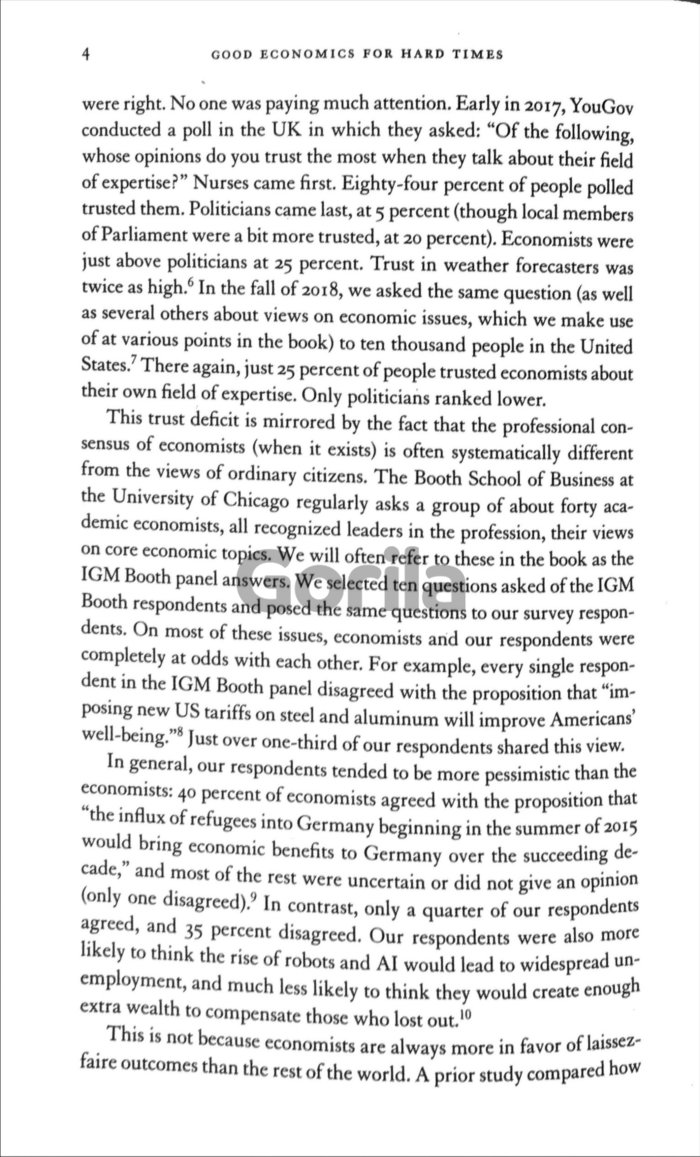

In keeping with convention, we call these the $1 and $2 dollar poverty lines, respectively. We consider the extremely poor - those living in households where the consumption per capita is less than $1.08 per person per day - as well as the merely "poor" - defined as those who live under $2.16 a day - using 1993 purchasing power parity as benchmark. This essay is about the economic lives of the extremely poor: the choices they face, the constraints they grapple with, and the challenges they meet. Banerjee, Esther Duflo - Audiobook Scribd Enjoy millions of ebooks, audiobooks, magazines, and more, with a free trial Only 11.99/month after trial. These surveys provide detailed information on extremely poor households around the world, from Asia to Africa to Latin America, including information on what they consume, where they work, and how they save and borrow. Our discussion builds on household surveys conducted in 13 countries: Cote d'Ivoire, Guatemala, India, Indonesia, Mexico, Nicaragua, Pakistan, Panama, Papua New Guinea, Peru, South Africa, Tanzania, and Timor Leste (East Timor). On Monday, Abhijit Banerjee, 58, and Esther Duflo, 46, won the Nobel Prize in Economics, along with economist Michael Kremer, for their 'experimental approach to alleviating global poverty'. A number of recent data sets and a body of new research allow us to start building an image of the way the extremely poor live their lives. But how actually does one live on less than $1 per day? This essay is about the economic lives of the extremely poor: the choices they face, the constraints they grapple with, and the challenges they meet. The 1990 World Development Report from the World Bank defined the "extremely poor" people of the world as those who are currently living on no more than $1 per day per person.


 0 kommentar(er)
0 kommentar(er)
